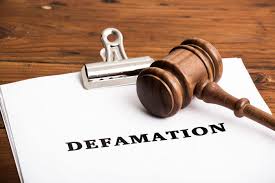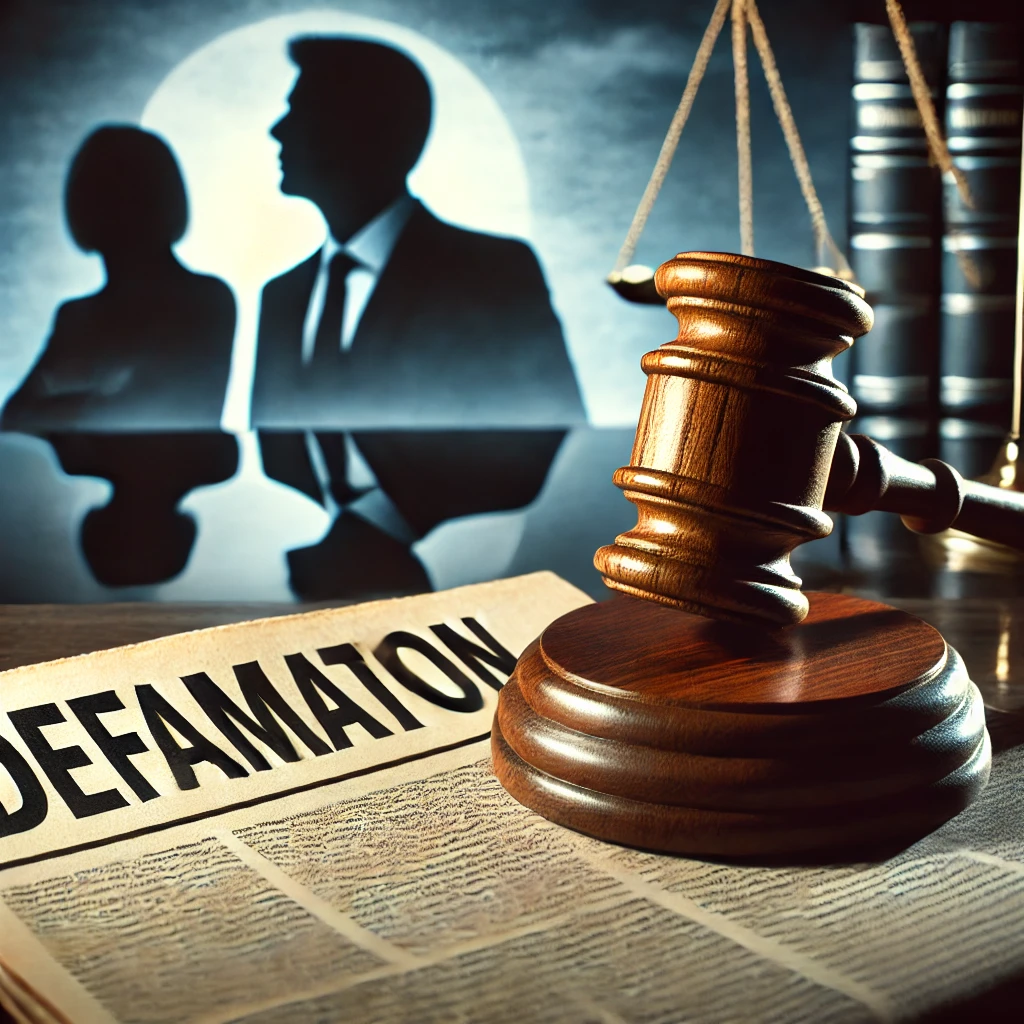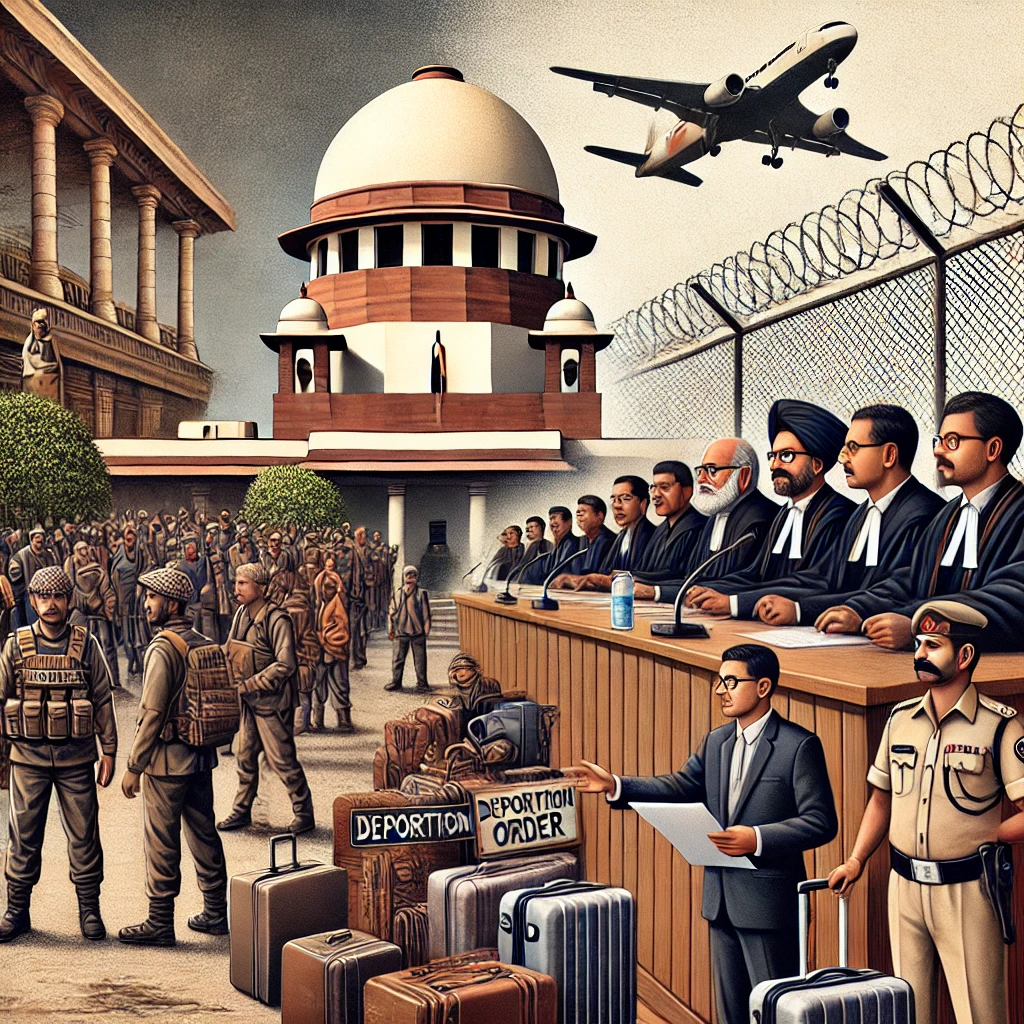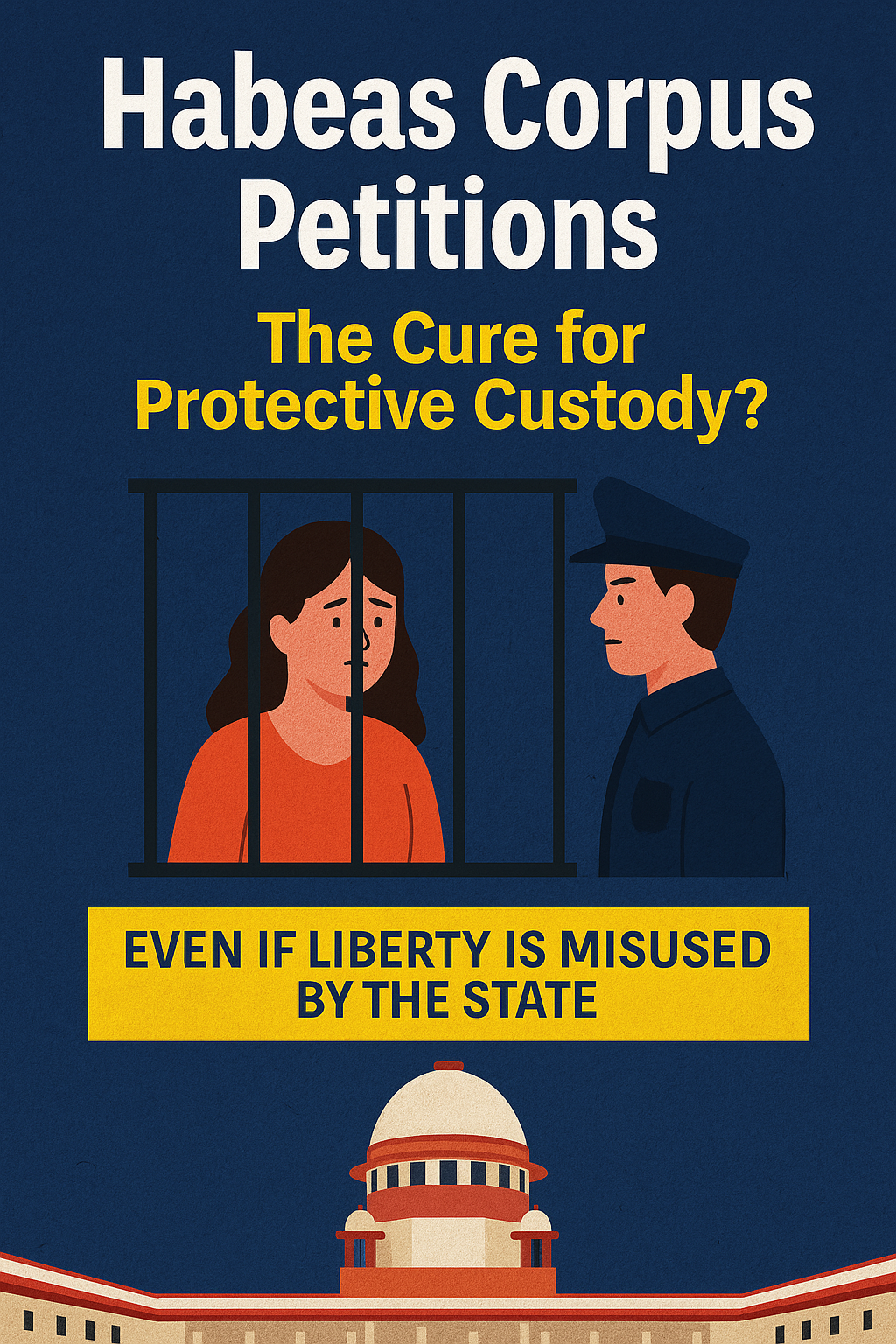Political Law at Micronesia
Political Law in the Federated States of Micronesia (FSM) is governed by its Constitution, which establishes the framework for governance, the separation of powers, and the protection of citizens' rights. The FSM is a federation made up of four states: Yap, Chuuk, Pohnpei, and Kosrae. Each state has its own constitution and government, while the national government of the FSM is responsible for matters of national concern, such as foreign affairs, defense, and trade.
The FSM Constitution, which came into effect in 1979, defines the country’s political structure and the balance of power between the national and state governments. Here’s an overview of political law in Micronesia:
1. The Constitution of the Federated States of Micronesia
The Constitution of Micronesia is the supreme law of the land, adopted to establish a democratic framework and ensure the protection of fundamental rights. It is a federated system, where powers are shared between the national government and the state governments.
Key features of the FSM Constitution include:
Separation of Powers: It outlines the separation of powers between the Executive, Legislature, and Judiciary at both the national and state levels.
Bill of Rights: The Constitution includes a Bill of Rights, which guarantees basic civil liberties, such as freedom of speech, assembly, and religion, as well as protections against discrimination and arbitrary detention.
Sovereignty: The Constitution recognizes the sovereign equality of the FSM and establishes its independence from the United States, although the FSM maintains a Compact of Free Association (COFA) with the U.S.
2. The Executive Branch
The Executive branch of the FSM is headed by the President, who is both the head of state and head of government. The executive branch is responsible for the enforcement of laws and the administration of government programs.
The President:
The President is elected by the Congress of the Federated States of Micronesia (the national legislature) from among its members. The election of the President takes place every four years, with the possibility of re-election.
The President's powers include:
Appointing the Vice President and Cabinet members (who may or may not be members of Congress).
Overseeing foreign relations, including diplomacy and international agreements.
Appointing ambassadors and representatives for Micronesia abroad.
Serving as Commander-in-Chief of the national defense forces.
The Vice President: The Vice President is elected alongside the President and serves as the second-in-command. The Vice President assumes the presidency if the President becomes incapacitated or vacates the office.
The Cabinet: The Cabinet is composed of ministers appointed by the President, who are responsible for key areas such as finance, foreign affairs, internal affairs, and natural resources. The Cabinet assists the President in formulating policies and carrying out administrative functions.
3. The Legislative Branch: The Congress of the Federated States of Micronesia
The Congress of the Federated States of Micronesia is a bicameral legislature that consists of two chambers: the Senate and the House of Representatives.
The Senate:
The Senate consists of 14 members, who are elected by the people of the FSM. Senators serve four-year terms and represent the four states (Yap, Chuuk, Pohnpei, and Kosrae), with each state having a designated number of senators.
The Senate is responsible for passing laws, approving the national budget, and confirming presidential appointments.
The House of Representatives:
The House of Representatives consists of 24 members who are elected by the people from single-member districts. Representatives serve two-year terms.
The House of Representatives is responsible for proposing and debating legislation, especially on matters of national importance, and playing an oversight role over the executive.
Legislative Powers: The national legislature has the power to pass laws, approve the budget, ratify international treaties, and impeach the President, Vice President, and other national officials.
4. The Judicial Branch
The Judiciary of the Federated States of Micronesia is independent from both the executive and legislative branches. The judiciary ensures that laws are interpreted and applied in accordance with the Constitution.
The Supreme Court: The Supreme Court of the FSM is the highest court in the country and has both original jurisdiction and appellate jurisdiction. It is responsible for hearing constitutional cases, serious criminal cases, and appeals from lower courts.
The Chief Justice of the Supreme Court is appointed by the President, with the advice and consent of Congress, and serves a fixed term.
Other Courts:
The FSM High Court: This court has original jurisdiction for most civil and criminal cases and serves as an appellate court for cases decided by the state courts.
State Courts: Each state in the FSM has its own court system, with courts that handle matters of state law and state-level disputes.
Judicial Independence: The judiciary is constitutionally independent, although its effectiveness may be challenged by limited resources and political pressures, particularly in the smaller states.
5. Electoral System and Political Parties
Micronesia has a multi-party system. Political parties are often informal and focus more on local and state-level issues rather than national ideology. The elections at the national level, for the President and Congress, are held every four years.
Presidential Elections: The President is elected indirectly by the Congress, not by popular vote. Senators and Representatives select the President and Vice President from among their ranks.
Legislative Elections: Members of both the Senate and House of Representatives are elected by popular vote. The elections are held in single-member districts for the House and state-based constituencies for the Senate.
Political Parties: While there is no formal party system in the FSM, political alliances and groupings are often formed around common interests or concerns, with candidates often running on a nonpartisan basis. Political campaigns often center on local development and state-level issues rather than national platforms.
6. The Compact of Free Association with the United States
One of the most significant elements of Micronesia's political framework is its relationship with the United States, established through the Compact of Free Association (COFA), which came into effect in 1986 and has been renewed several times. This compact grants Micronesia certain benefits and responsibilities in exchange for military and defense obligations under U.S. oversight.
Key provisions of the COFA include:
U.S. Defense: The United States is responsible for the defense of Micronesia, providing military defense and ensuring that Micronesia is protected under U.S. military agreements.
Financial Assistance: Micronesia receives significant financial aid from the United States through the compact, including assistance for infrastructure, health, and education.
Free Movement: Citizens of the Federated States of Micronesia can live, work, and study in the United States without the need for a visa.
International Representation: Micronesia has the ability to engage in international relations but must coordinate foreign policy with the United States on matters related to defense and security.
While Micronesia enjoys sovereignty under the COFA, the U.S. influence remains significant, especially in defense and foreign policy.
7. Human Rights and Freedoms
The Constitution of the Federated States of Micronesia guarantees fundamental rights for all citizens, including:
Freedom of speech, freedom of religion, and freedom of assembly.
Right to due process, protection against self-incrimination, and the right to a fair trial.
Right to equal protection under the law and protection from discrimination.
Despite these constitutional guarantees, the FSM faces challenges related to gender equality, economic development, and healthcare access. Environmental challenges, particularly in the context of climate change and rising sea levels, are also critical political issues affecting the country’s future.
8. Foreign Policy
Micronesia maintains an independent foreign policy but is closely aligned with the United States through the Compact of Free Association. Other aspects of its foreign policy include:
Regional Relations: Micronesia is a member of the Pacific Islands Forum, which promotes cooperation among Pacific Island nations in areas like trade, security, and environmental protection.
United Nations: Micronesia is a member of the United Nations, engaging in global diplomatic efforts, particularly on issues like climate change and ocean conservation.
Environmental Diplomacy: The FSM is active in regional and international efforts to address climate change and sustainable development, as its low-lying islands are particularly vulnerable to environmental hazards.
Conclusion
Political law in the Federated States of Micronesia is shaped by the Constitution, which establishes the country as a federal democracy with a separation of powers between the executive, legislature, and judiciary. The Compact of Free Association with the United States is a central element of the country’s political and economic structure, influencing its foreign policy, defense, and financial assistance. While Micronesia has a framework that guarantees fundamental rights and promotes democratic governance, challenges like economic inequality, climate change, and resource limitations continue to shape its political landscape.






















0 comments